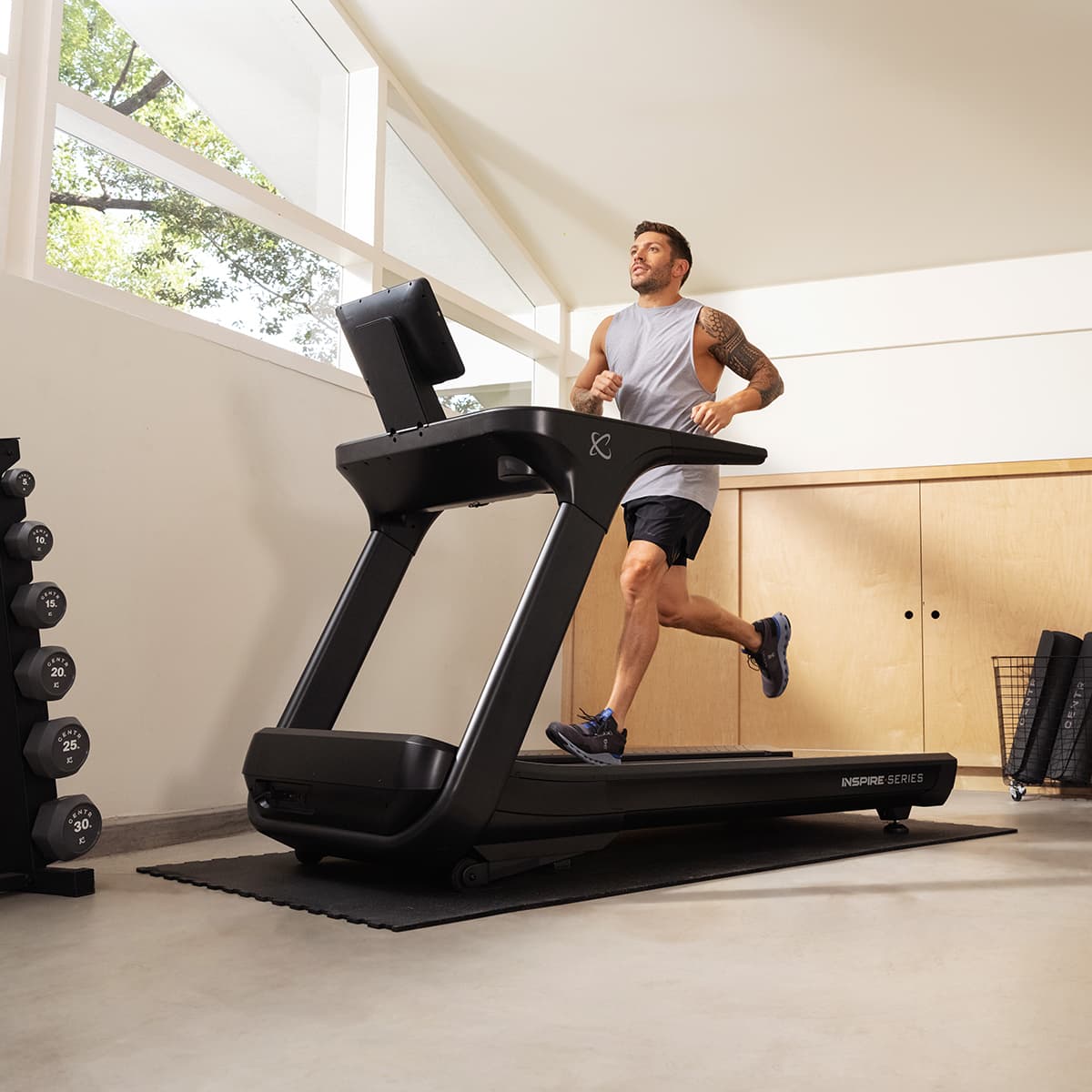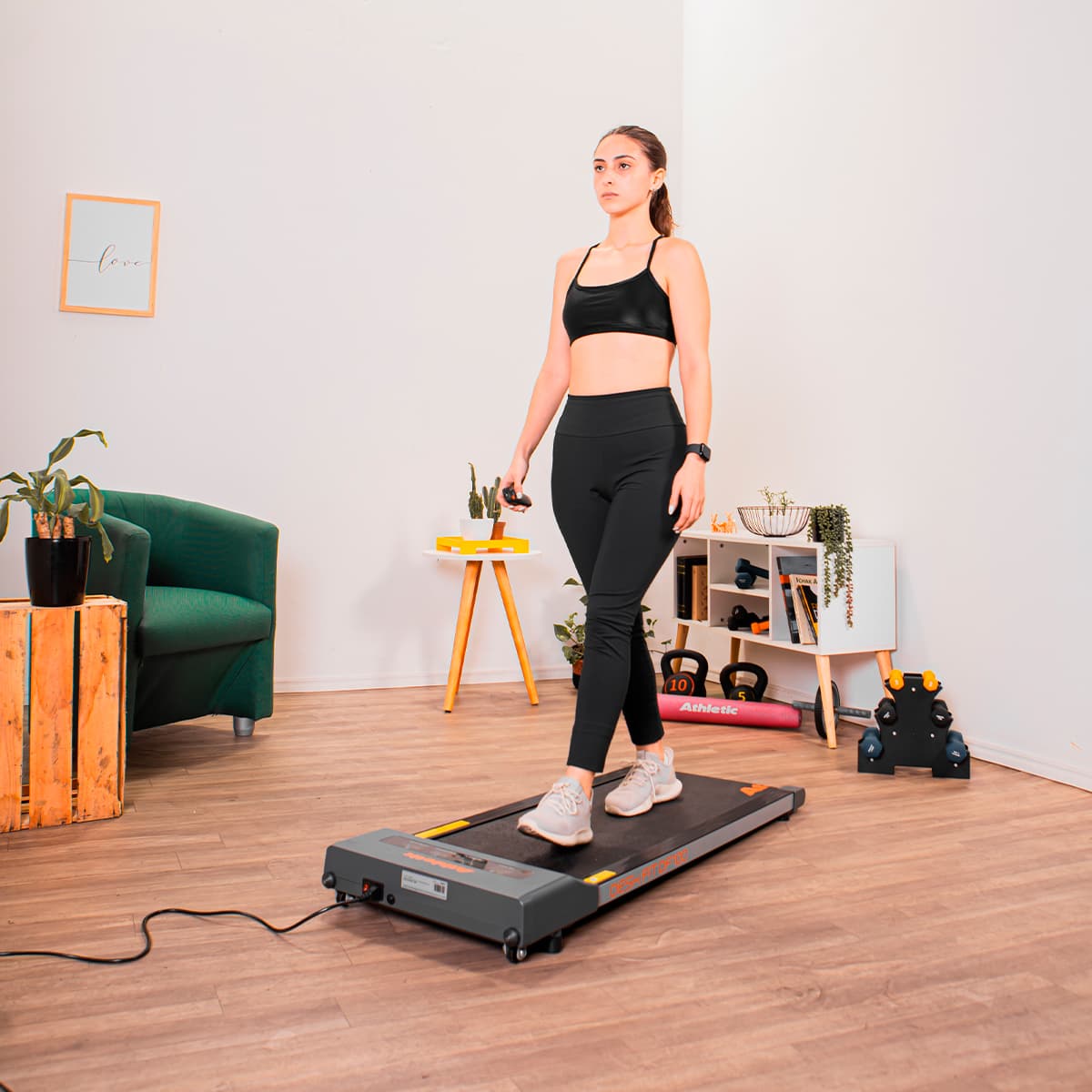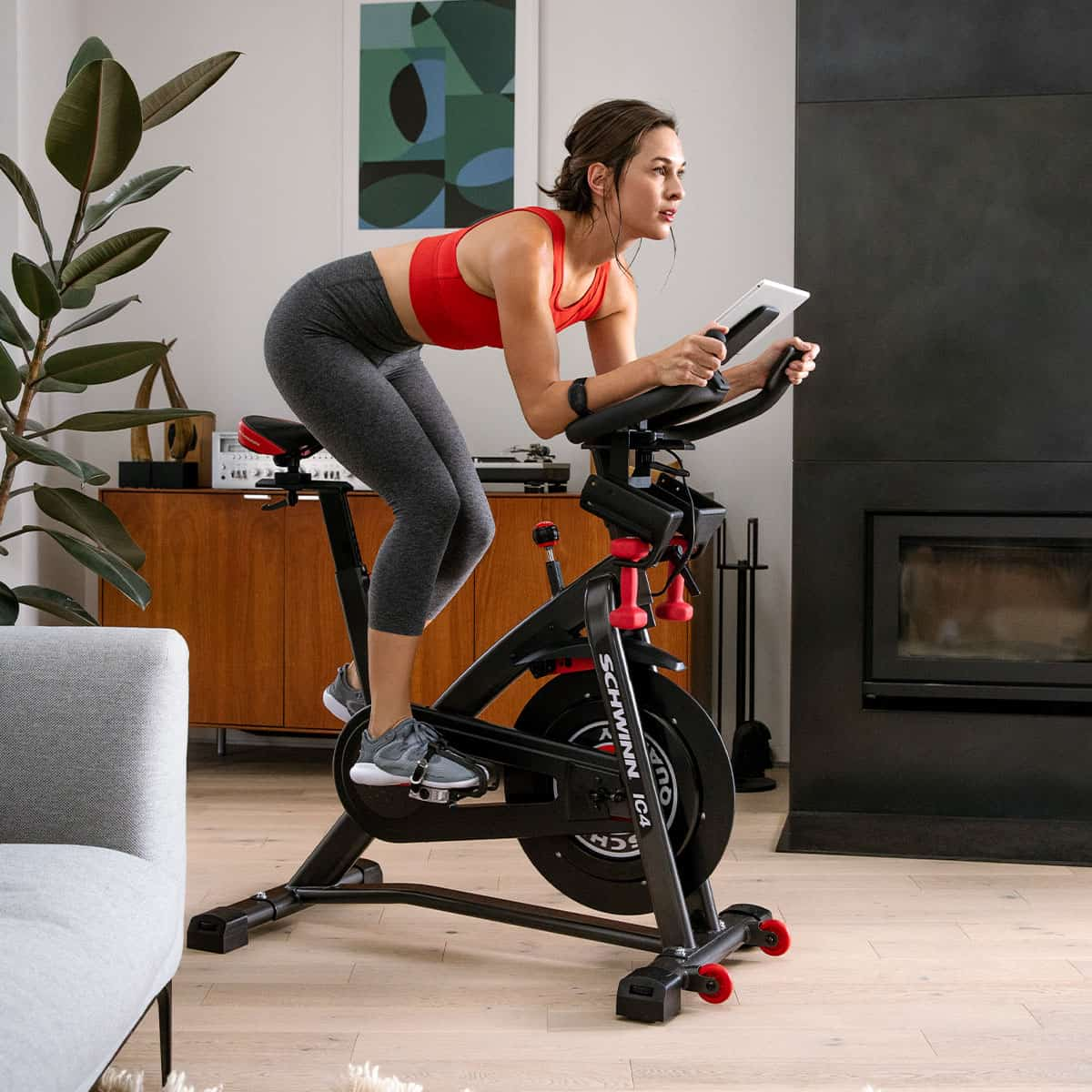Loading...
Loading...
 Setting up a home gym is a practical and easily accessible way to work out, regardless of your space, budget, or fitness goals.
Setting up a home gym is a practical and easily accessible way to work out, regardless of your space, budget, or fitness goals.
Engaging in physical activity has been steadily gaining interest in recent years, driven by the desire for well-being and balance. Setting up your own home gym is no longer just convenient; it’s an accessible solution for everyone, regardless of space, budget, or fitness goals, whether it’s getting in shape, losing weight, or improving performance. This approach helps you manage your time more effectively, avoid commuting, and maintain a regular workout routine. This guide will show you how to create a personalized, efficient space that fits seamlessly into your daily life.
Engaging in regular physical activity is essential for staying fit and maintaining mental health. Exercise strengthens cardiovascular health, muscles, and bones, helps maintain a healthy weight, and reduces stress. Whether you choose the gym, the outdoors, or your home, the key is to move regularly. Setting up a home fitness space, even a minimal one, provides comfort, flexibility, and motivation for long-term progress.
To learn more about the benefits for your body, check out this article from the Canadian Red Cross.
 Whatever the size of your space, you can find solutions to create a gym that fits perfectly, whether it’s compact or spacious.
Whatever the size of your space, you can find solutions to create a gym that fits perfectly, whether it’s compact or spacious.Setting up a workout area doesn’t require a large space, even a corner of a bedroom or garage can be enough.
To make the most of your space, consider these solutions:
With these tips, even a small apartment can become a functional and enjoyable workout area.
If you have a larger area, you can transform your home into a full-fledged gym with dedicated zones for different types of workouts:
A larger space allows you to combine multiple types of workouts, move freely, and organize equipment ergonomically, making your sessions more effective and enjoyable.
Choosing the right exercises and equipment should match your fitness level and goals. Whether you’re a beginner, intermediate, or advanced athlete, there are solutions to build an effective workout program. Here is an overview of the recommended options for each profile to guide you in designing your space and selecting your home sports equipment.
| Levels | Beginners | Intermediate | Advanced |
|---|---|---|---|
| Fitness Goals | Get in shape, boost your endurance, and improve your mobility. | Tone your body, boost your endurance, and build muscle strength. | Enhance your performance by building muscle strength, improving endurance, and achieving targeted weight loss. |
| Recommended Exercises | For cardio, focus on walking or light jogging on a treadmill, stationary cycling, or rowing, while for strength, choose exercises like squats, lunges, or push-ups. | For a more intense workout, focus on sustained cardio using the elliptical or rowing machine, and combine it with strength-training exercises using weights and resistance bands. | Structured programs that mix high-intensity cardio with advanced strength training using a variety of equipment, complemented by stability and mobility exercises with tools like balance balls and mats. |
| Workout Tips | Choose short, consistent workouts 2 to 3 times a week to build a lasting routine. | Mix up your workouts and steadily ramp up the intensity to continue progressing. |
Schedule your sessions, monitor your progress, and tweak the intensity to achieve effective results. |
Whether you have a limited budget or a larger one, there are solutions to create a functional and motivating space. Here’s a general estimate of equipment based on three budget ranges:
Even with a small budget, it’s possible to set up a functional home gym. This range allows you to get basic equipment like affordable treadmills, stationary bikes, or ellipticals (e.g., Athletic Vision Fitness), along with versatile accessories to strengthen muscles and improve stability. These items are sufficient to start regular workouts combining light cardio and strength training.
With a mid-range budget, you can invest in higher-performance equipment offering comfort and advanced features (e.g., NordicTrack treadmills, The Treadmill Factory equipment). This makes it possible to diversify your exercises with strength-training equipment, targeting all areas of the body and enriching your home workouts.
With a higher budget, you can create a full home gym comparable to a professional facility. This allows you to acquire top-quality cardio machines (ellipticals, treadmills, Spirit Fitness cardio bikes) with performance tracking, and comprehensive strength-training equipment (Inspire Fitness home gyms and cages) to vary exercises and progress effectively.
Before choosing your equipment, it’s important to understand their role and how to incorporate them into your program based on your fitness level. Cardio and strength-training machines form the foundation of your workouts, helping you build endurance, strength, and power in a structured way.
 Stationary bikes allow you to get regular, comfortable, and adjustable cardio training.
Stationary bikes allow you to get regular, comfortable, and adjustable cardio training.Treadmills allow you to walk, jog, or run, ideal for improving endurance and burning calories. Suitable for all levels, from beginners to advanced athletes.
Ellipticals engage both the legs and upper body simultaneously, with a low impact on the joints. They allow you to vary intensity and pace for a full workout that’s gentle on the joints.
Upright bikes simulate road cycling for a more intense workout, while recumbent bikes provide extra comfort, ideal for longer sessions or lower back issues. Both types improve endurance and leg strength.
 Home-gyms are ideal for users who want to get a full workout at home without having to buy multiple pieces of equipment.
Home-gyms are ideal for users who want to get a full workout at home without having to buy multiple pieces of equipment.Rowing machines combine cardio and strength training, engaging approximately 80% of the body’s muscles. They help strengthen the legs, back, and arms while improving coordination and overall endurance.
Home gyms allow you to work multiple muscle groups with a single machine. They offer a wide variety of exercises to create a complete and balanced home workout program.
Weight benches are versatile and stable, supporting many exercises with dumbbells or resistance bands. They allow you to work your chest, arms, shoulders, and abs, while varying angles for a complete workout.
Find the fitness equipment suited to your goals and fitness level by comparing our selection.
Accessories complement your main equipment and enhance your workouts by adding variety, versatility, and dynamism. They allow you to work on different parts of your body, explore new exercises, and make each workout more complete. Particularly practical for small spaces, they offer the possibility of making effective progress without adding to the amount of bulky equipment.
| Dumbbells and Weights | Resistance Bands | Stability Balls | Floor Mats | |
|---|---|---|---|---|
| Why ? | Strengthen and tone muscles, offering adjustable weights and a wide range of targeted exercises, while improving strength, coordination, and stability. | Strengthen muscles and mobility, adapt to all levels, and save space. | Engages the core and stabilizing muscles, improving posture, coordination, and upper body strength. | Provide comfort and protection for floor exercises, stretching, or yoga, while ensuring stability and safety. |
| Benefits |
|
|
|
|
| Our Workout Tips | Beginners: start with light weights and gradually increase. Intermediate/advanced: incorporate supersets, circuits, or long sets to stimulate muscle growth. |
Vary the tension to make progress. Combine with bodyweight exercises to increase the intensity. |
Beginners: use the ball for simple exercises such as planks or sit-ups. Advanced: incorporate dynamic exercises to improve strength and stability simultaneously. |
Choose a mat that is thick enough for comfort but stable enough for support. Clean regularly to prevent dust or bacteria from accumulating. |
It is entirely possible to work out without equipment, using only your body weight. Push-ups, squats, lunges, planks, and burpees can help strengthen muscles and improve endurance.
However, training solely with body weight can limit progression, as it’s harder to vary exercises or increase difficulty over time. Equipment and accessories remain valuable for intensifying workouts and effectively targeting cardio, strength, and functional training in a structured way.
Warm up before each session, follow the equipment usage guidelines, and increase intensity gradually.
No, basic equipment is sufficient for effective training. High-end machines mainly enhance comfort, variety, and performance tracking.
Set realistic goals, track your progress, and vary your workouts to avoid getting stuck in a routine.
Yes, with compact equipment and smart storage, even a bedroom corner or garage can become a functional workout space.
Ellipticals, recumbent bikes, and cushioned treadmills provide a gentler, more comfortable workout for your joints.
*HIIT: HIIT (High-Intensity Interval Training) is a fitness method that alternates short periods of intense effort with periods of rest or recovery.
**Proprioception: Proprioception is your body’s ability to sense the position, movement, and orientation of its limbs without needing to look at them.